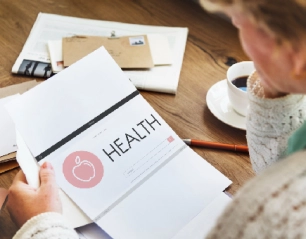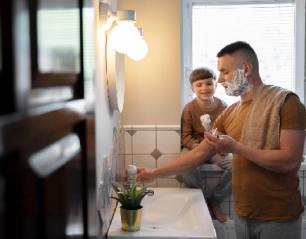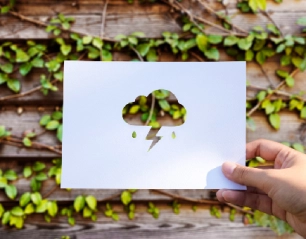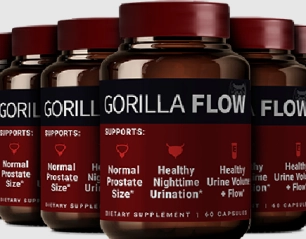Stress has almost become inseparable from today’s life because people have to struggle and exhaust themselves just to earn a few extra cents in this greatly spoiled world. This differs slightly from the younger generation who may experience more pressure from school, work, and social responsibilities. It is essential to look for strategies to reduce stress levels and bring about positive, peaceful emotions as it affects our psychological and physiological well-being. Below are some methods that can assist you in the process of moving from stress to creating a less stressed life.
The Power of Presence
It’s a form of meditation technique that involves a person focusing on the present time with his or her mind not wandering to other things. It is a useful concept to combat stress with more objectivity and detachment and enables you to observe your emotional processes. Daily mindfulness meditation is beneficial in conditions such as anxiety, and mood disorders, and, in general, for a better quality of life.
How to Get Started
There are no requirements for special equipment in practicing the mindfulness meditation type of training. Just look for a spot to sit or even lay down, completely relax, and then start to observe taking deeper breaths. Be aware when air is coming in and going out of your body. If ever you have thoughts that drift away from the present moment, kindly return your focus to your breathing. If you are baffled by the practice initially, the best technique is to spend about a few minutes daily, and then as the days go by, you can gradually spend some more time as a routine.
Move Your Body
Another technique that has been proven to be very efficient when combating stress is through movement. Exercise enables the body to produce endorphins which are substances that facilitate the release of serotonin which is the body’s natural stimulant of happiness. Physical activity benefits consumers through stress-reducing effects, enhancement of sleep quality, and increased self-esteem. Whether it is a light jog, a yoga or pilates session, an aerobic exercise, or an overall intensive form of exercise, try to select an exercise that you like and then exercise.
Benefits of Regular Exercise
In addition to its acute effects in reducing stress, physical activity has the potential for a long-term positive impact on the mental state of a human. This can help lessen the effects of anxiety and depression, help to remember things for longer, and make daily living more enjoyable. It is recommended that you strive for seventy minutes of moderate exercise, at least 6 days a week to enjoy these benefits.
Nature’s Healing Power
Individuals need to spend more time out in natural settings, as it has been proven to help reduce stress and act as a positive influence on mental well-being. This is because features that are associated with natural beings, sounds, and specifically smell can help to influence the mind and hence the body to be calm. Walking outdoors in rural areas, cycling or even nature walks like hiking, working in the compound gardening can help you to become more relaxed.
Interacting with Elements of Nature
There are many instances of taking a living with nature’s bonuses in your yard. It can be a single twenty-minute walk in your local park or even strolling in your backyard. It is possible to spend some time outside during the working day, to work at a place with a possible view of the natural setting, or to buy some greens and flowers for your home or office.
Breath: The Science Behind Finding Calm
Taking several minutes to take slow and steady breaths is one of the easiest methods one can employ to lower stress levels. This helps to calm the nervous system down by using a relaxation response that has been programmed to play out alongside the stress response by just taking slow and deep breaths. ‘This has the effect of decreasing the rate of heartbeat, lowering blood pressure, and relaxation of muscle tension.
Deep Breathing Techniques
Others opine that the best technique used in deep breathing is the diaphragmatic breathing technique. This exercise should ideally be performed seated or prone, select a comfortable position whereby you sequentially place one hand on the chest and another on the abdomen. Through your nose, inhale slowly, expand your belly, and keep your chest as still as possible). Breathe out with your mouth fully and with equal slowness to the process of breathing in. Use this technique for a few minutes for you to feel more relaxed.
The Power of Positive Thinking
Thus, gratitude does not only have external-imposed use, but you can also use it to shift your focus from a stressor to a positive(s). There is science behind this phenomenon and that is, whenever you take time to be thankful and/or to praise, your life situation will change for the better. Gratitude can make you more social because it makes you interact with people more and also makes you strong enough to face stress.
How to Practice Gratitude
This is a simple yet effective task to begin with; try keeping a gratitude journal and write three things you are thankful for in a day. The rewards can be as basic as a tasty breakfast or a phone call from are good buddy. These positive experiences could thus each be taken as an opportunity to focus on the bright side because it shall enable a subject to reduce his or her levels of stress.
Setting Boundaries
This remains one of the significant stress indicators since work-life balance is a critical area that needs attention. Often it is useful to set clear working time/leisure time potential division for better stress control. Ensure you stay ahead on your other obligations, such as your leisure activities, families, and friends.
Tips for Achieving Balance
The following are the tips for achieving balance in your lifestyle:
- Prioritize Tasks: Distill operations down to their essence and ignore activities that are lower-priority objectives.
- Learn to Say No: Do not overload the systems with data coming from numerous varied sources. In other words, one should not bite more than they can handle by turning down obligations if they think they can’t handle it.
- Schedule Downtime: Take time to plan, set, and train your body and brain for some intermittent rest and recreation.
The Importance of Connection
Good advice is also therapeutic when you have someone to tell your problem to. Having someone around who is willing to listen when scary thoughts appear or just to stay with you when these thoughts emerge can help with the feelings of loneliness that are associated with them – it may be a friend, family member, or even therapist.
Professional Help
However, if stress is persistently at times becomes overwhelming one needs to seek the services of a doctor. It is always valuable to learn from a professional therapist or counselor as highlighted in self-help books regarding ways to apply various techniques in the management of stress. Sometimes it might only be alright to just discuss things with someone who does not attempt to treat or heal you or other people.
Conclusion
Leaving the stressed state implies changing the behavior and adopting useful working and living habits in the search for harmony. Incorporating mindfulness meditation, an active way of life, nature, deep-breathing exercises, giving thanks, an ideal work-life balance, and seeking help can lower your stress and contribute to attaining body and mind stability. Just to recall here, the journey to serenity is always a private matter for everyone. So, make some practice to choose and implement in your daily life what can bring you the most comfort.
MUST READ: From Fear to Freedom: How to Beat Any Phobia
Frequently Asked Questions (FAQs)
Self-awareness meditation is a practice of changing the thought process about the internal and external world to induce the state of mind, that is, the awareness of the present time. This helps in lowering stress levels through raising awareness as well as stimulating relaxation.
For example, exercise releases the hormone in the brain known as endorphin that is used in increasing mood, treating anxiety, improving sleep, and lastly, improving self-esteem.
Visit parks for short strolls or spend time in your backyard. Besides this, if you want to calm down yourself, introduce plants into your living room or office space.
Was this helpful?

















































































































